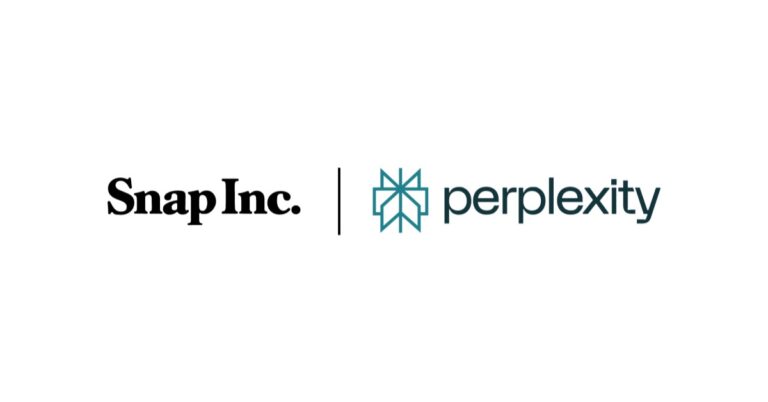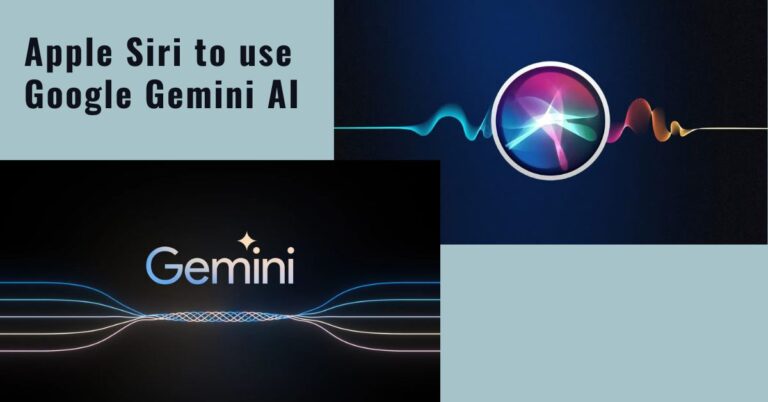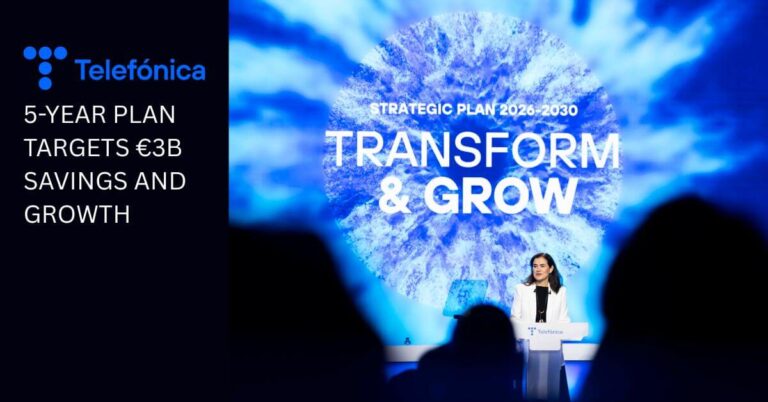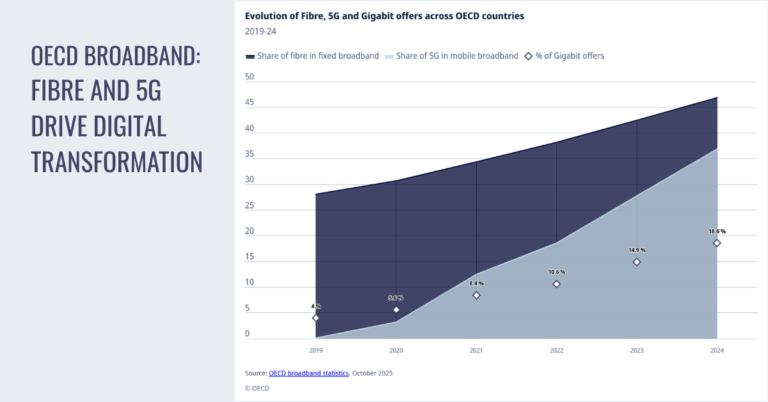Snapchat integrates Perplexity’s AI answer engine in $400M deal
Snap and Perplexity are joining forces to embed a conversational AI search experience directly into Snapchat’s chat interface, signaling a new distribution model for AI and a fresh monetization path for social platforms.
Deal terms, rollout, and revenue timing
Perplexity will integrate its AI-powered answer engine natively into Snapchat, beginning a global rollout in early 2026. Under the agreement, Perplexity will pay Snap $400 million over one year, via a mix of cash and equity, as the integration scales. Snap expects revenue contribution from the partnership to begin in 2026.
The move is notable as Snap’s first large-scale integration of an external AI partner directly in-app. It adds a new mode of discovery and learning alongside My AI, Snap’s existing chatbot, with Perplexity positioned as an answer engine that returns concise, source-backed responses inside chat.
Snapchat user reach and demographics
Snapchat reports approximately 943 million monthly active users, with strong penetration among 13–34-year-olds across 25+ countries. For AI providers, the integration offers mobile-native distribution to a massive, engaged audience that already spends time in chat—without requiring users to install new apps or switch contexts.
In-chat experience and personalization
Perplexity will appear in the standard Chat interface, allowing users to ask questions and explore topics without leaving the conversation flow. Snap notes that messages sent to Perplexity will also inform personalization on Snapchat, suggesting tighter integration across content and discovery surfaces over time.
Why embedded AI in messaging matters
The partnership accelerates a shift from standalone AI apps to embedded, context-aware assistants inside the platforms where people already communicate.
AI distribution shifts to messaging apps
Social and messaging apps are becoming high-frequency entry points for AI, enabling lower-friction usage than browser or standalone app hops. For AI vendors, this can boost daily active usage and retention; for platforms, it adds utility that can raise session length and strengthen network effects.
Impact on search traffic and ad spend
Answer engines inside social apps blur lines between chat, search, and content discovery. As more queries are resolved in-app, referral traffic patterns could shift away from traditional web search, pressuring publishers and changing how advertisers plan performance budgets.
New monetization model for in‑app AI
A cash-plus-equity fee for in-app AI distribution is a new template. It suggests platforms can monetize AI access directly, beyond ads or subscriptions, while AI companies secure scaled user acquisition without full customer support or billing overhead.
Tech and ops requirements for in‑chat AI
Delivering conversational answers inside chat at social scale adds requirements around latency, cost, safety, and data governance.
System architecture and data routing
Expect a hybrid design where Snap manages the front-end chat experience and user identity, while Perplexity handles retrieval-augmented generation and citation. Routing, rate-limiting, and observability layers will be critical to isolate outages, enforce SLAs, and maintain quality-of-service in peak windows.
Latency, cost controls, and edge inference
Real-time answers in chat will push for sub-second perceived latency. That raises the case for model optimization (distillation, quantization), accelerator-efficient inference, and selective caching. For telecom operators and cloud-edge providers, there is an emerging opportunity to host inference closer to users to reduce tail latency and backbone costs—especially in regions with tight data residency rules.
Privacy, teen safety, and regulatory compliance
Given Snapchat’s large teen audience, the integration will be scrutinized for safety, source credibility, and data minimization. Expect guardrails across content filtering, provenance of sources, and transparent controls for personalization. Compliance with regional frameworks (e.g., EU digital regulations and teen privacy standards) will shape rollout cadence and feature sets.
Implications for telcos, clouds, and enterprises
Beyond consumer UX, this deal highlights new revenue models, traffic patterns, and partnership frameworks relevant to networks, clouds, and enterprise tech buyers.
Network planning for conversational AI traffic
In-app AI search will increase interactive upstream requests and small-payload downstream responses with higher concurrency. Network planners should model conversational AI traffic alongside short-form video, identifying hotspots where edge peering, CDN interconnects, or GPU-enabled edge sites could improve QoE and reduce transit. There is also scope for AI-optimized plans and enterprise bundles targeting creators and SMBs.
On‑device vs cloud inference tradeoffs
As social apps embed third-party AI, the balance between on-device and cloud inference will be revisited. Hardware partners can differentiate with low-latency on-device models for common queries, while offloading complex tasks to the cloud. Expect negotiations around telemetry, privacy sandboxes, and SDKs that expose citations and safety signals to the client.
Preparing content for answer engine citations
Answer engines that cite sources can be a new acquisition channel if content is structured for retrieval. Invest in schema, fast-loading pages, and canonical metadata so your content is eligible and high-ranked for citation. Track shifts in traffic attribution as in-app answers reduce click-through on navigational queries.
Key milestones and competitive moves
Execution details over the next 12 months will determine user adoption, partner economics, and competitive response.
Rollout KPIs and financial disclosure signals
Key markers include the beta launch, global coverage breadth, median answer latency, citation click-through, user satisfaction scores, and the share of chat sessions that include AI queries. On the financial side, watch for disclosures on revenue recognition timing, margin impact from AI costs, and any expansion clauses beyond the first year.
Platform deals and search responses
Rivals are embedding assistants across messaging and social feeds. Monitor whether other AI providers strike distribution deals with major platforms, whether Snap adds more AI partners beyond Perplexity, and how incumbent search engines adapt ad formats and attribution to conversational answers.
Action plan for 2026 in‑app AI rollout
Enterprises should prepare content, infrastructure, and governance to capitalize on in-app conversational discovery while managing risk.
Immediate steps: content, policy, and network
Audit your content for RAG-readiness: structured summaries, clear citations, and accurate metadata. Establish policies for how your brand should appear in AI answers, including source preferences and disclaimers. For network and cloud teams, baseline current chat traffic, model AI-driven increments, and identify edge or peering upgrades that move the latency needle.
Budgeting, privacy reviews, and GPU capacity
Budget for experimentation with conversational ad units and citation analytics inside Snapchat once available. Prepare privacy reviews and youth-safety guardrails if your products target under-18 audiences. For telcos and cloud providers, prioritize GPU capacity planning and model-serving toolchains that can scale elastically during social peak hours tied to events and seasons.








































